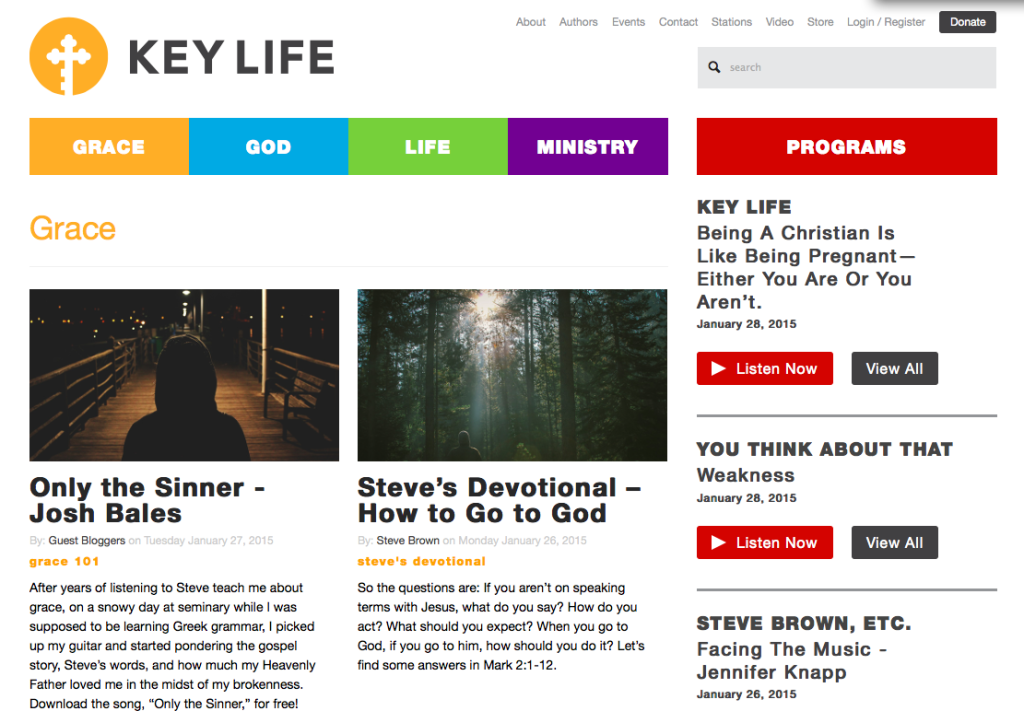This article was first written for and published by BreakPoint.
One clear night, I went camping with friends on the banks of the Chickamauga Lake, just down the street from my house when I was a teenager in Tennessee. About one or two in the morning we put a canoe in the water and rowed out into the middle of the lake 150 yards from shore, until our campfire became a tiny dot of orange on the sand.
There, in the middle of the lake, surrounded by darkness and the sound of water splashing up against our canoe, we’d lay back and stare in awe at the millions of stars above our heads, stars that were only visible to us because of the blue, purple, and black darkness of the night sky.
Little-known poet, Sarah Williams, wrote, “I have loved the stars too truly to be fearful of the night.” My song, “Count the Stars,” is a song about this: being too fond of the stars to be afraid of the night. It’s a song about being too fond of God’s promise to surrender to my doubt, too fond of Christian hope to surrender to despair.
“Count the Stars” was written a number of years ago for my church as we studied the darkness, doubt, despair – and hope – of Abraham and Sarah from the book of Genesis. Theirs is a heartbreaking story of infertility, but also one whose promise of hope was declared in the stars lighting the darkness.
Astute Bible readers will note that the entire biblical narrative hangs on whether or not God blesses them with a son. Only through Abraham’s lineage do we get the Messiah. Only through the Messiah do you and I get grafted in to Abraham’s family. In other words, there is a sense in which weare some of the stars God told Abraham to count in Genesis 15!
Back at church, during the sermon series, some close friends of ours were, like Abraham and Sarah, struggling with infertility. Our community watched as Paul and Jessica longed for a child month after month. Amidst the tearful conversations and processing we had with Paul and Jess, one truth hit me the hardest: the emptiness of Jess’ womb was not the worst part of the pain.
The worst part was the hope required of Paul and Jess to continue coming to church, to continue praying, to keep rejoicing with every new expecting mom in our church, and to keep trying – again and again – for a child of their own. Hope was the hardest part.
Hope, according to philosophers like Friedrich Nietzsche and Albert Camus, is absurd, senseless, and stupid; especially religious hope. “Hope,” wrote Nietzsche, “is the worst of all evils because it prolongs the torments of man.”
People with religious hope, Camus said, are like the character of Sisyphusfrom Greek Mythology, a man sentenced by the gods to roll a rock up a hill everyday only to have it tumble back down once he reached the top.
But, their “hope” is not our hope.
Abraham and Sarah’s story in Genesis is paradigmatic of God’s hope-filled way of doing things in the Scriptures. Their story asks us to read the Bible through a kind of hermeneutic of hope.
God seems drawn to human emptiness like a moth to a flame, anxious to fill the widow’s jar with oil, the barren wombs with life, the darkness with light, the wedding jars of Cana with wine, the bellies of the crowds with loaves and fish, and the tomb with resurrection. Against the backdrop of human doubt, God’s glory, like the stars, shines brightest.
May the same be true for us – that we would see God’s glory, especially in the Promised One, Jesus Christ, shining brighter than our dreams for ourselves.






